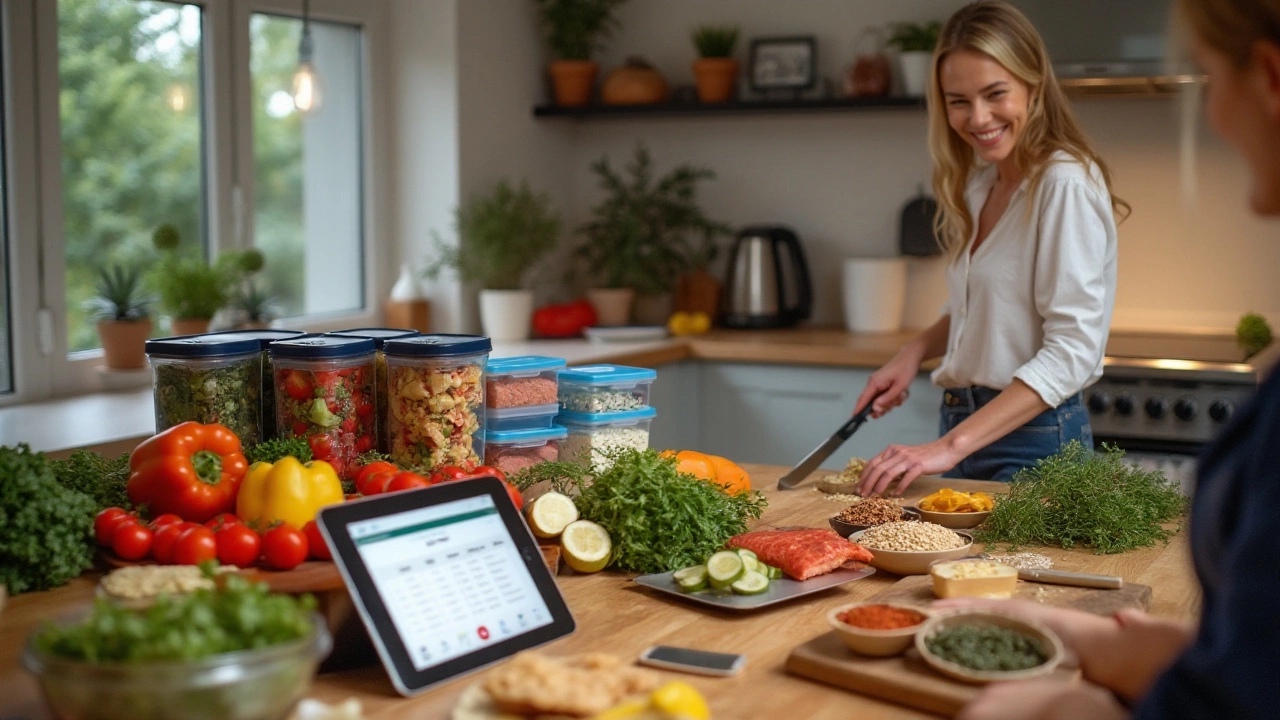Cooking Tips: Simple Hacks for Safer, Faster, Better Meals
Ever wonder why some meals feel effortless while others turn into a mess? The difference is usually a few small habits you can pick up in minutes. Below are the most practical cooking tips that work for anyone, whether you’re a beginner or a seasoned home chef.
Stay Safe in the Kitchen
The biggest danger isn’t a fancy knife or a hot stove—it’s the tiny steps that let germs slip in. The riskiest moment, according to food‑safety experts, is when raw meat touches anything else in the kitchen. So always use a separate cutting board for raw chicken or beef, and wash it with hot, soapy water right after.
Keep knives sharp. A dull blade slides more than it cuts, increasing the chance of a slip. A quick honing on a steel before you start or a simple stone‑sharpening session once a week makes a huge difference.
Don’t forget the thermometer. Cooking meat to the right internal temperature (165°F for poultry, 145°F for pork) isn’t just for taste; it kills hidden bacteria. Plug in a cheap digital probe and check once you think the meat is done.
Clean as you go. Wipe splatters immediately, and put away ingredients you’re not using. A tidy workspace reduces cross‑contamination and saves you from hunting for tools later.
Make Cooking Easier
Meal prep starts with planning. Spend five minutes after dinner writing a quick list of what you’ll need for tomorrow’s lunch. That way you avoid last‑minute runs to the fridge and the temptation to order takeout.
Use the “one‑pot” rule whenever possible. One pot, pan, or sheet means less washing and more flavor, because everything cooks together and shares its juices.
Season in layers. Add a pinch of salt at the start, a dash mid‑cook, and finish with a splash of acid (lemon, vinegar) right before serving. This builds depth without extra effort.
Prep ingredients in bulk. Chop carrots, onions, and peppers for the week and store them in airtight containers. You’ll have a ready‑to‑go veggie mix for stir‑fries, soups, or salads.
Set a timer for everything—not just the oven. Ten minutes for the water to boil, fifteen for the sauce to reduce, and a quick 30‑second check for the toast. Timers keep you from overcooking and free up mental space.
Finally, trust your senses. Smell, look, and taste as you go. If something smells off or looks dry, adjust the heat or add a splash of broth. Cooking is less science and more feeling, so let your palate be the guide.
Put these tips into practice and you’ll notice quicker prep, cleaner dishes, and meals that actually taste great. No fancy gadgets needed—just a few mindful habits that anyone can adopt today.
